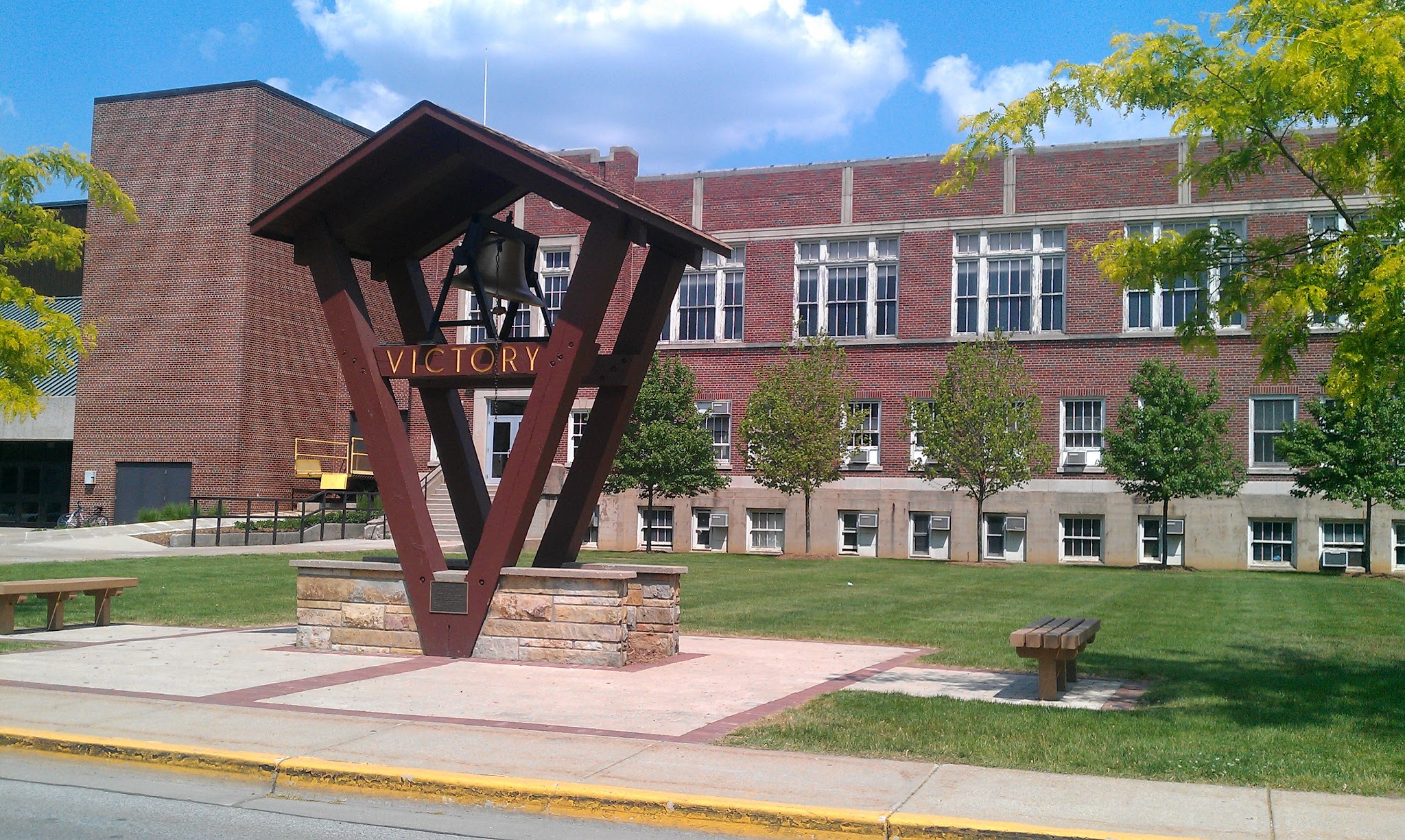|
Valparaiso Collegiate Institute
Valparaiso Collegiate Institute was an institution of secondary education in Valparaiso, Indiana. It was opened in 1861 by the Presbyterians in the community after the Methodists on September 21, 1859, had opened the Valparaiso Male and Female College, the forerunner to Valparaiso University of the Lutheran University Association.''History of Center Township on the Occasion of the first Centennial of Porter County'' Compiled by the Schools of Center Township, Vernon L. Beach, Trustee; A. G. Kinne, Chairman 1936 The Collegiate Institute was located on the lot where the city's Central Elementary School now stands. The Institute was a two-story building with four large rooms. When a system of public schools w ... [...More Info...] [...Related Items...] OR: [Wikipedia] [Google] [Baidu] |
Valparaiso, Indiana
Valparaiso ( ), colloquially Valpo, is a city and the county seat of Porter County, Indiana, United States. The population was 34,151 at the 2020 census. History The site of present-day Valparaiso was included in the purchase of land from the Potawatomi people by the U.S. Government in October 1832. Chiqua's town or Chipuaw was located a mile east of the current Courthouse along the Sauk Trail. Chiqua's town existed from or before 1830 until after 1832. The location is just north of the railroad crossing on State Route 2 and County Road 400 North. Located on the ancient Native American trail from Rock Island to Detroit, the town had its first log cabin in 1834. Established in 1836 as ''Portersville'', county seat of Porter County, it was renamed to Valparaiso (meaning "Vale of Paradise" in Old Spanish) in 1837 after Valparaíso, Chile, near which the county's namesake David Porter battled in the Battle of Valparaiso during the War of 1812. The city was once called the "City ... [...More Info...] [...Related Items...] OR: [Wikipedia] [Google] [Baidu] |
Presbyterian
Presbyterianism is a part of the Reformed tradition within Protestantism that broke from the Roman Catholic Church in Scotland by John Knox, who was a priest at St. Giles Cathedral (Church of Scotland). Presbyterian churches derive their name from the presbyterian polity, presbyterian form of ecclesiastical polity, church government by representative assemblies of Presbyterian elder, elders. Many Reformed churches are organised this way, but the word ''Presbyterian'', when capitalized, is often applied to churches that trace their roots to the Church of Scotland or to English Dissenters, English Dissenter groups that formed during the English Civil War. Presbyterian theology typically emphasizes the sovereignty of God, the Sola scriptura, authority of the Scriptures, and the necessity of Grace in Christianity, grace through Faith in Christianity, faith in Christ. Presbyterian church government was ensured in Scotland by the Acts of Union 1707, Acts of Union in 1707, which cre ... [...More Info...] [...Related Items...] OR: [Wikipedia] [Google] [Baidu] |
Methodist
Methodism, also called the Methodist movement, is a group of historically related denominations of Protestant Christianity whose origins, doctrine and practice derive from the life and teachings of John Wesley. George Whitefield and John's brother Charles Wesley were also significant early leaders in the movement. They were named ''Methodists'' for "the methodical way in which they carried out their Christian faith". Methodism originated as a revival movement within the 18th-century Church of England and became a separate denomination after Wesley's death. The movement spread throughout the British Empire, the United States, and beyond because of vigorous missionary work, today claiming approximately 80 million adherents worldwide. Wesleyan theology, which is upheld by the Methodist churches, focuses on sanctification and the transforming effect of faith on the character of a Christian. Distinguishing doctrines include the new birth, assurance, imparted righteousness ... [...More Info...] [...Related Items...] OR: [Wikipedia] [Google] [Baidu] |
Valparaiso University
Valparaiso University (Valpo) is a private university in Valparaiso, Indiana. It is a Lutheran university with about 3,000 students from over 50 countries on a campus of . Originally named Valparaiso Male and Female College, Valparaiso University was founded in 1859 as one of the first coeducation colleges in the United States. Valpo has five undergraduate colleges and a graduate school. It is home to the second-largest collegiate chapel in the world, the Chapel of the Resurrection. History Valparaiso Male and Female College In 1859, citizens of Valparaiso were so supportive of the placement of the college that they raised $11,000 to encourage the Methodist Church to locate there. The school opened on September 21, 1859, to 75 students, and was one of the first coeducational colleges in the nation. Students paid tuition expenses of $8 per term (three terms per year), plus nearby room and board costs of approximately $2 per week. Instruction at the college actually began with y ... [...More Info...] [...Related Items...] OR: [Wikipedia] [Google] [Baidu] |
Lutheran University Association
Valparaiso University (Valpo) is a private university in Valparaiso, Indiana. It is a Lutheran university with about 3,000 students from over 50 countries on a campus of . Originally named Valparaiso Male and Female College, Valparaiso University was founded in 1859 as one of the first coeducation colleges in the United States. Valpo has five undergraduate colleges and a graduate school. It is home to the second-largest collegiate chapel in the world, the Chapel of the Resurrection. History Valparaiso Male and Female College In 1859, citizens of Valparaiso were so supportive of the placement of the college that they raised $11,000 to encourage the Methodist Church to locate there. The school opened on September 21, 1859, to 75 students, and was one of the first coeducational colleges in the nation. Students paid tuition expenses of $8 per term (three terms per year), plus nearby room and board costs of approximately $2 per week. Instruction at the college actually began wi ... [...More Info...] [...Related Items...] OR: [Wikipedia] [Google] [Baidu] |
Educational Institutions Established In 1861
Education is a purposeful activity directed at achieving certain aims, such as transmitting knowledge or fostering skills and character traits. These aims may include the development of understanding, rationality, kindness, and honesty. Various researchers emphasize the role of critical thinking in order to distinguish education from indoctrination. Some theorists require that education results in an improvement of the student while others prefer a value-neutral definition of the term. In a slightly different sense, education may also refer, not to the process, but to the product of this process: the mental states and dispositions possessed by educated people. Education originated as the transmission of cultural heritage from one generation to the next. Today, educational goals increasingly encompass new ideas such as the liberation of learners, skills needed for modern society, empathy, and complex vocational skills. Types of education are commonly divided into formal, ... [...More Info...] [...Related Items...] OR: [Wikipedia] [Google] [Baidu] |
1861 Establishments In Indiana
Statistically, this year is considered the end of the whale oil industry and (in replacement) the beginning of the petroleum oil industry. Events January–March * January 1 ** Benito Juárez captures Mexico City. ** The first steam-powered carousel is recorded, in Bolton, England. * January 2 – Friedrich Wilhelm IV of Prussia dies, and is succeeded by Wilhelm I. * January 3 – American Civil War: Delaware votes not to secede from the Union. * January 9 – American Civil War: Mississippi becomes the second state to secede from the Union. * January 10 – American Civil War: Florida secedes from the Union. * January 11 – American Civil War: Alabama secedes from the Union. * January 12 – American Civil War: Major Robert Anderson sends dispatches to Washington. * January 19 – American Civil War: Georgia secedes from the Union. * January 21 – American Civil War: Jefferson Davis resigns from the United States Senate. * January 26 ... [...More Info...] [...Related Items...] OR: [Wikipedia] [Google] [Baidu] |
Demolished Buildings And Structures In Indiana
Demolition (also known as razing, cartage, and wrecking) is the science and engineering in safely and efficiently tearing down of buildings and other artificial structures. Demolition contrasts with deconstruction, which involves taking a building apart while carefully preserving valuable elements for reuse purposes. For small buildings, such as houses, that are only two or three stories high, demolition is a rather simple process. The building is pulled down either manually or mechanically using large hydraulic equipment: elevated work platforms, cranes, excavators or bulldozers. Larger buildings may require the use of a wrecking ball, a heavy weight on a cable that is swung by a crane into the side of the buildings. Wrecking balls are especially effective against masonry, but are less easily controlled and often less efficient than other methods. Newer methods may use rotational hydraulic shears and silenced rock-breakers attached to excavators to cut or break thro ... [...More Info...] [...Related Items...] OR: [Wikipedia] [Google] [Baidu] |


.jpg)



